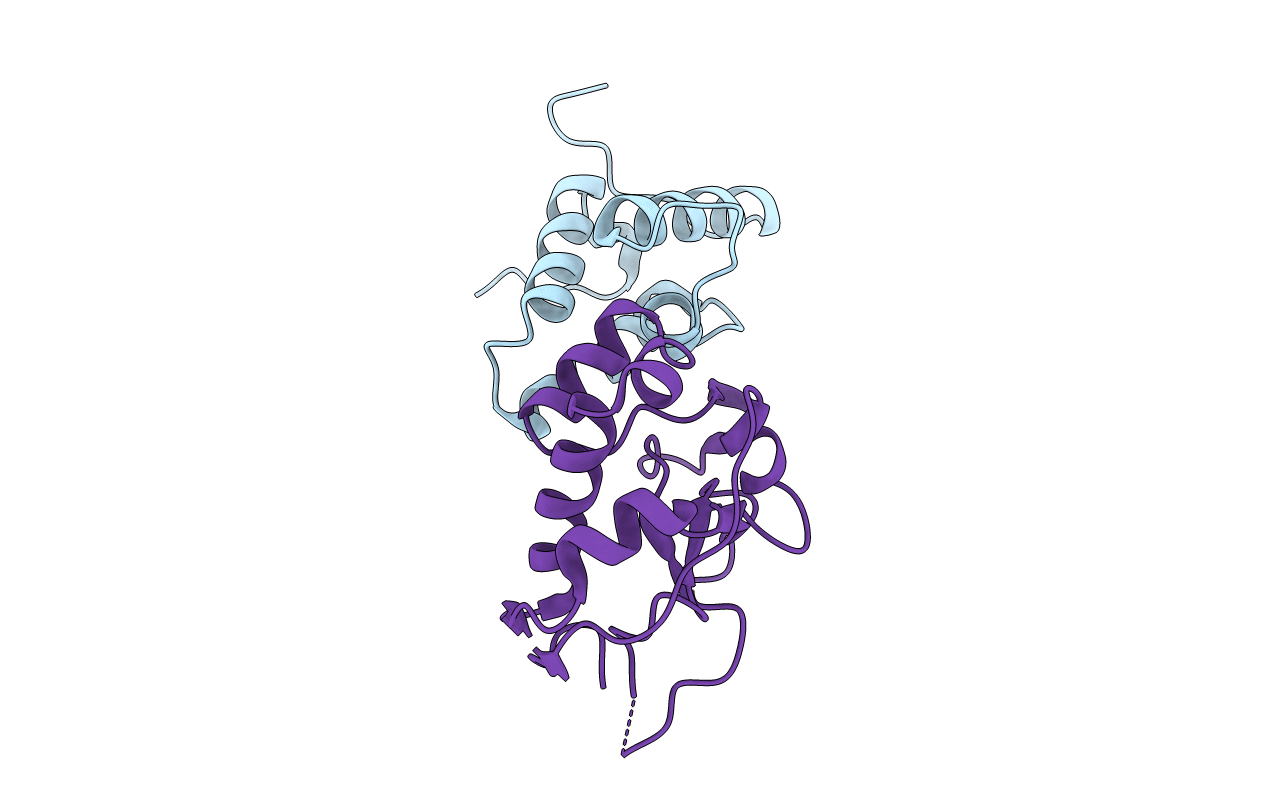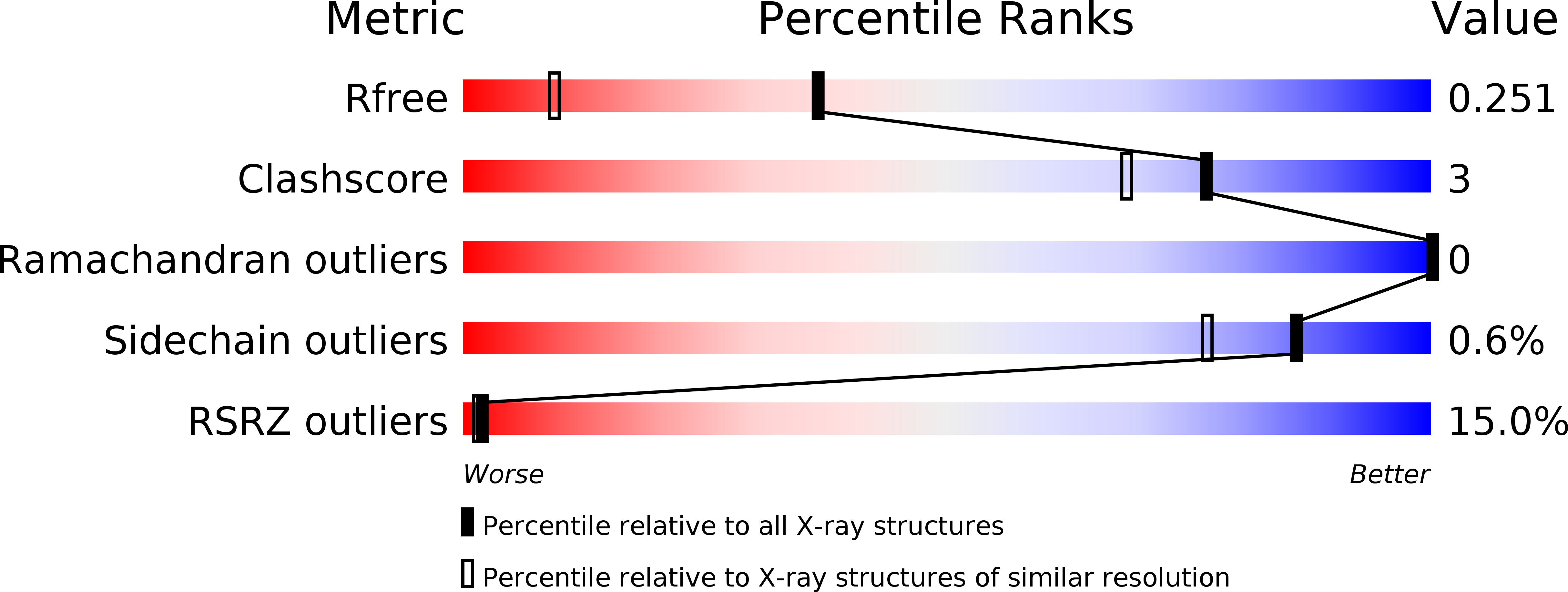
Deposition Date
2017-10-17
Release Date
2019-01-30
Last Version Date
2024-01-17
Entry Detail
PDB ID:
6ER6
Keywords:
Title:
Crystal structure of a computationally designed colicin endonuclease and immunity pair colEdes7/Imdes7
Biological Source:
Source Organism:
Escherichia coli (Taxon ID: 562)
Host Organism:
Method Details:
Experimental Method:
Resolution:
1.60 Å
R-Value Free:
0.24
R-Value Work:
0.19
R-Value Observed:
0.19
Space Group:
P 21 21 21


